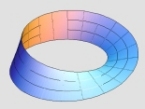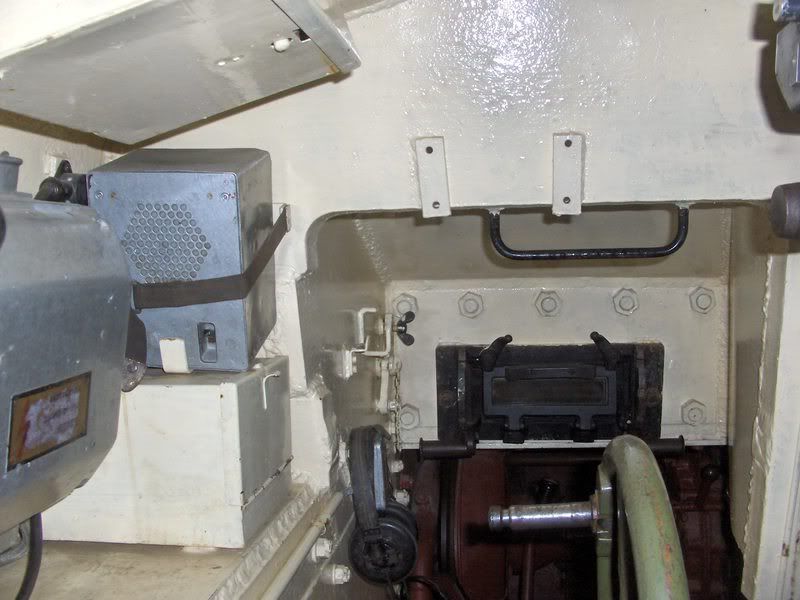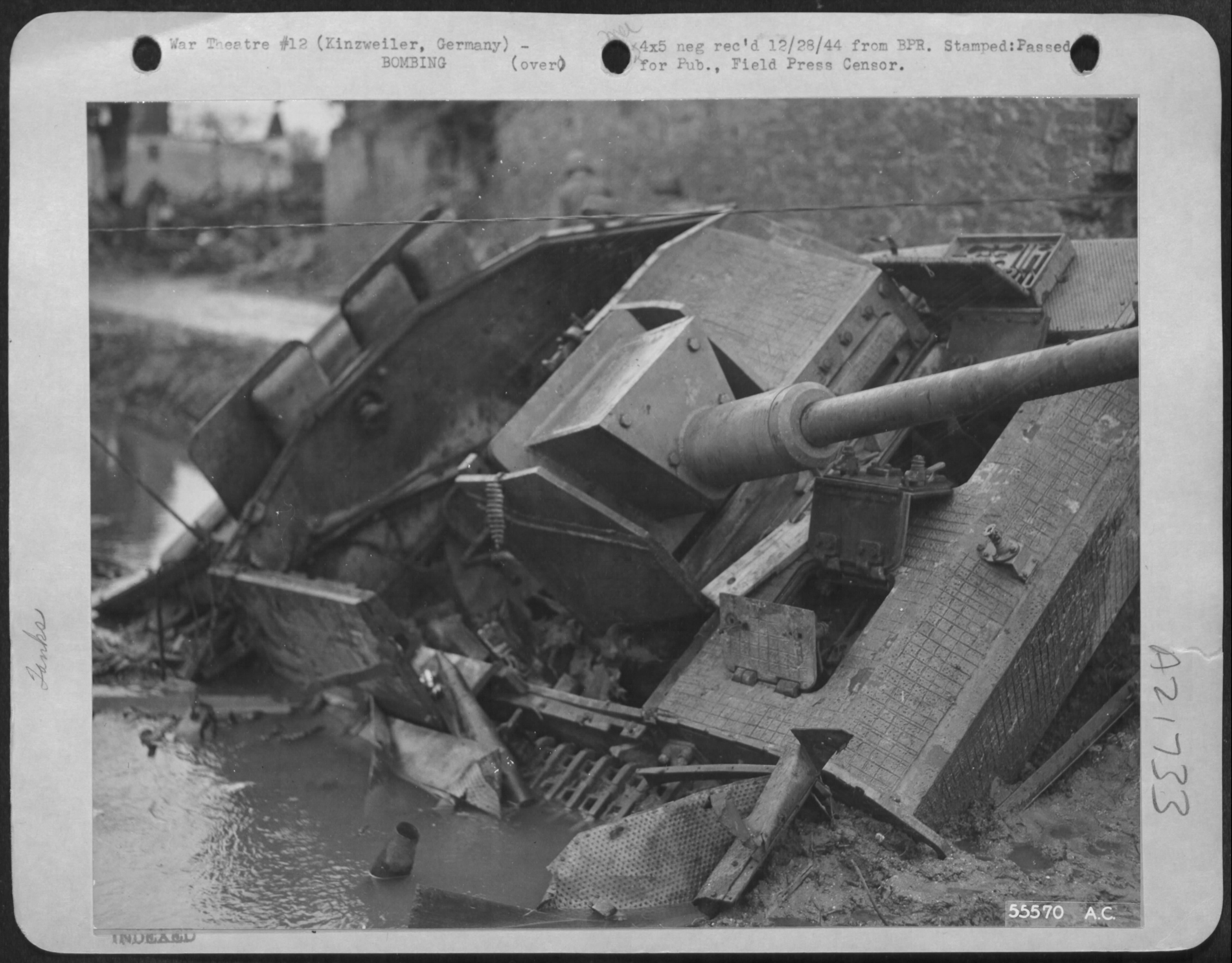Ratzki
Posts: 581
Joined: 8/18/2008
From: Chilliwack, British Columbia
Status: offline

|
The problem with just comparing thickness in mm's of armour is that different types of construction yeilded very different armour toughness and brittleness. Forged steels may approach twice the strength as cast in the same thickness, and the differences are huge around curves, unlike fabricated plate. Cast plates require a lesser technology to fabricate and the process is faster and can be performed at smaller factories, but protection would be very much determined on the size of the metal grains in the poor rather then the thickness of the poor. The grain size can vary considerably and would have probably increased as the war went on and production speed won out over quality. Even comparing rolled steel is not a straight forward look at mm thickness, it is again controlled by final grain size of the steel being used, also the hardening proccesses that it went through, there is also the nickel percentage in the steel as well as a whole list of other factors that would make severe differences in the protective values per mm of thickness, and would not be consistent from one vehicle to the next as sources would vary from part to part, specially as the war went on. Thickness, brittleness, grain size, welding process, alloy composition, hardening technology used, and the list can go on.
|
 Printable Version
Printable Version







 "
"







 New Messages
New Messages No New Messages
No New Messages Hot Topic w/ New Messages
Hot Topic w/ New Messages Hot Topic w/o New Messages
Hot Topic w/o New Messages Locked w/ New Messages
Locked w/ New Messages Locked w/o New Messages
Locked w/o New Messages Post New Thread
Post New Thread